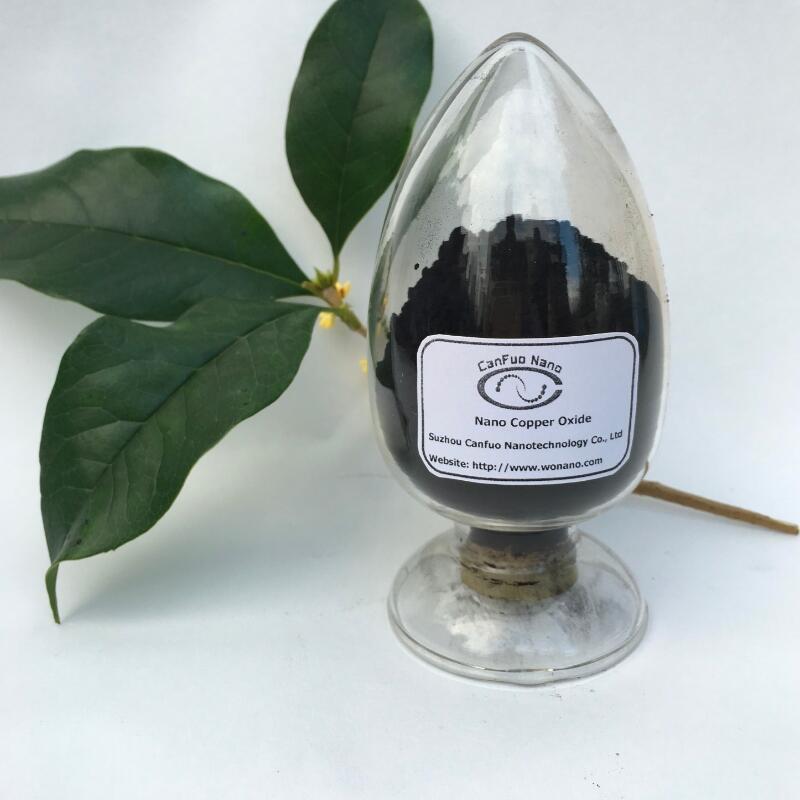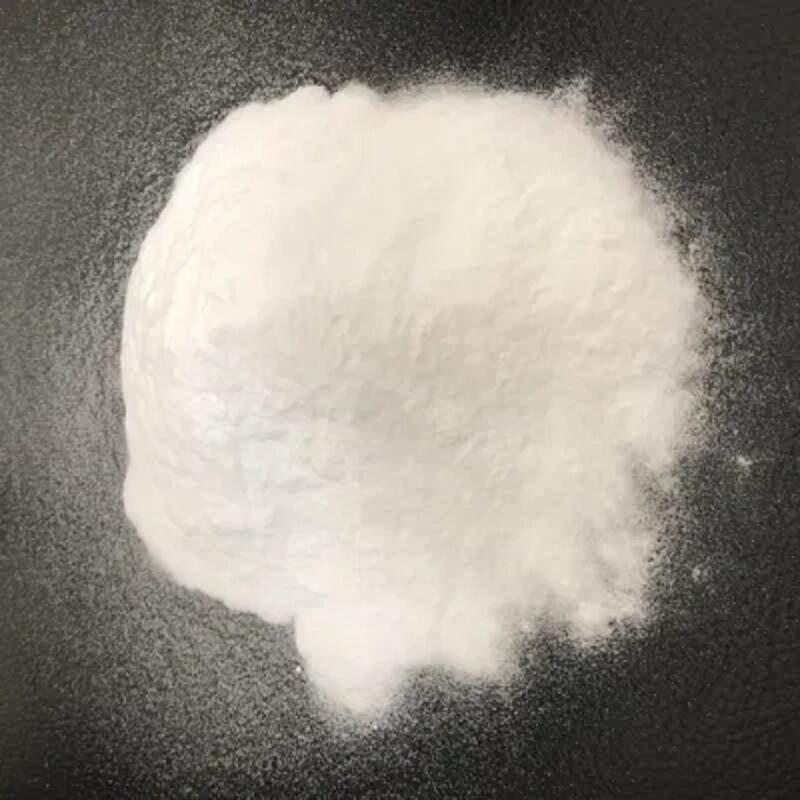-
Categories
-
Pharmaceutical Intermediates
-
Active Pharmaceutical Ingredients
-
Food Additives
- Industrial Coatings
- Agrochemicals
- Dyes and Pigments
- Surfactant
- Flavors and Fragrances
- Chemical Reagents
- Catalyst and Auxiliary
- Natural Products
- Inorganic Chemistry
-
Organic Chemistry
-
Biochemical Engineering
- Analytical Chemistry
-
Cosmetic Ingredient
- Water Treatment Chemical
-
Pharmaceutical Intermediates
Promotion
ECHEMI Mall
Wholesale
Weekly Price
Exhibition
News
-
Trade Service
Antimony trioxide is a widely used chemical compound in the production of a variety of products across different industries.
In the chemical industry, it is used as a catalyst in the production of plastics, textiles, and other synthetic materials.
Additionally, it is used as a flame retardant in the production of electrical wires and cables, textiles, and other materials that are prone to catching fire.
Upstream products of Antimony trioxide include the raw materials used in its production such as raw antimony, hydrogen peroxide, and sodium hydroxide.
These raw materials are procured from various suppliers, and their quality plays a critical role in the quality of the final product.
The production process of Antimony trioxide involves mixing the raw materials in specific ratios, then heating them to high temperatures in the presence of a catalyst.
The product is then cooled and ground to the desired particle size.
Downstream products of Antimony trioxide include the products that are made using the final product as a catalyst or flame retardant.
These products include plastics, textiles, electrical wires and cables, and other synthetic materials.
In the plastics industry, Antimony trioxide is used as a catalyst in the production of polyethylene terephthalate (PET), a widely used plastic for packaging and textiles.
In the textile industry, Antimony trioxide is used as a flame retardant in the production of clothing and other textile products.
It is added to the fabric during the production process to make them resistant to fire.
This is particularly important in the production of children's clothing, where flame resistance is a critical safety feature.
In the electrical industry, Antimony trioxide is used as a flame retardant in the production of electrical wires and cables.
This is important to prevent the wires and cables from catching fire and causing damage to electrical equipment or buildings.
In addition to the above-mentioned industries, Antimony trioxide is also used in the production of other synthetic materials such as paints, adhesives, and sealants.
It is used as a catalyst in the production of these materials, helping to improve their stability and performance.
In conclusion, Antimony trioxide is a versatile chemical compound that is used in a variety of industries.
It is an important ingredient in the production of plastics, textiles, electrical wires and cables, and other synthetic materials.
Its use as a flame retardant in these products is critical to ensure their safety and performance.
The production of Antimony trioxide involves the use of raw materials, and the quality of these raw materials plays a critical role in the quality of the final product.
Its downstream products include the products that are made using the final product as a catalyst or flame retardant, such as plastics, textiles, electrical wires and cables, and other synthetic materials.







